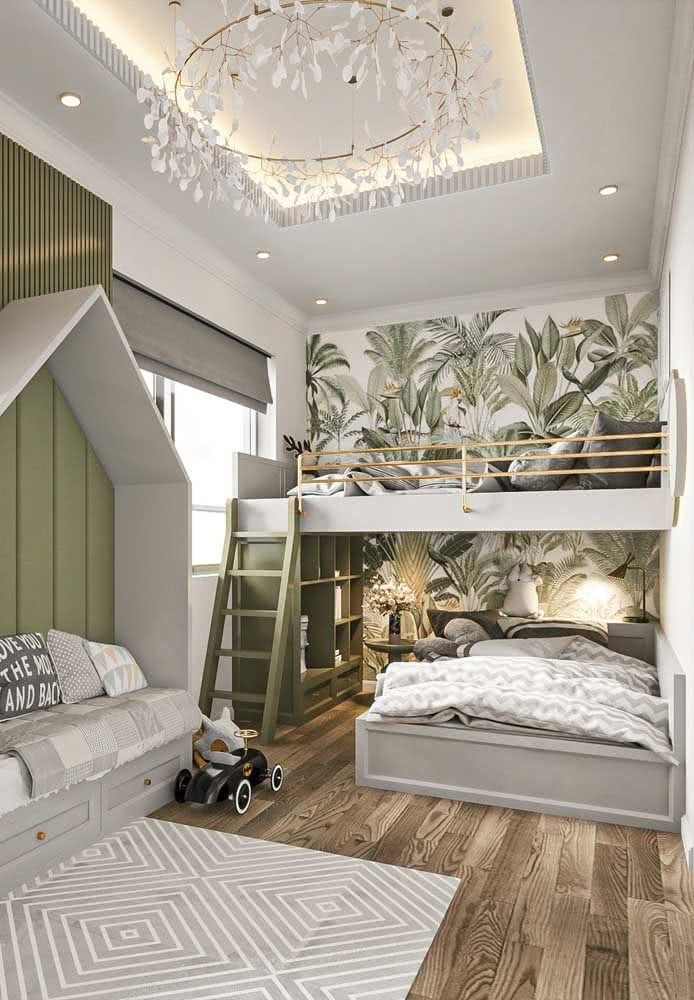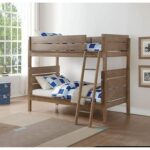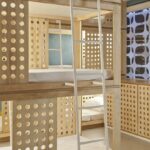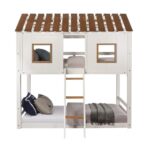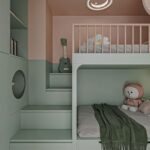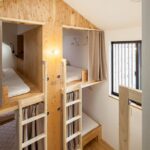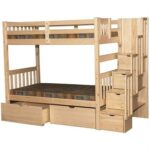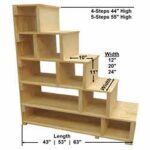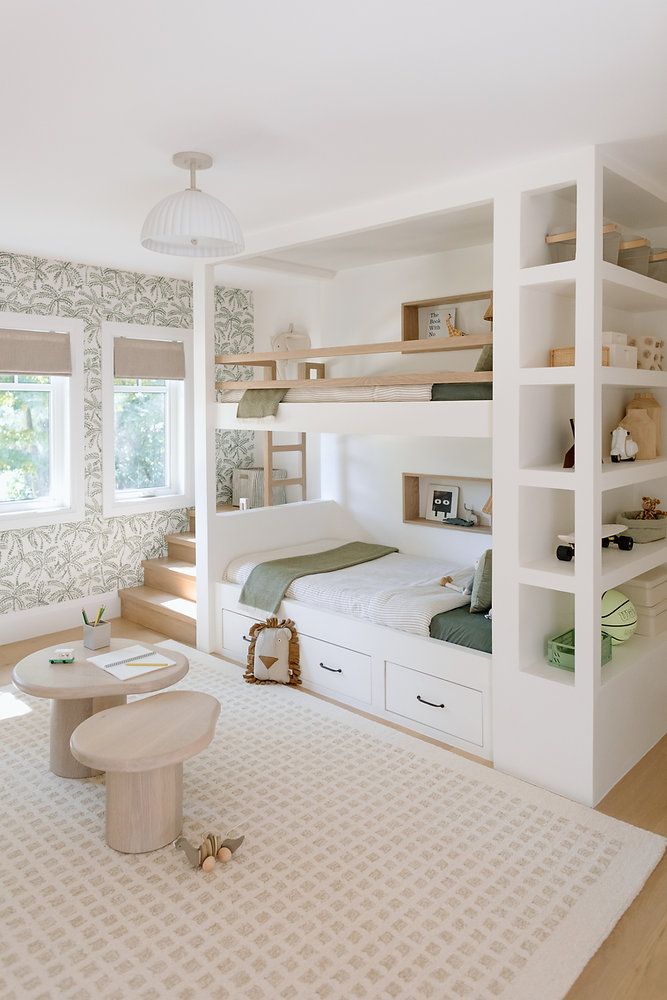
Bunk beds are a popular space-saving solution for bedrooms with limited square footage or for households with multiple children. These beds consist of two stacked twin or full-sized beds, with the top bunk accessed by a ladder. Bunk beds are commonly found in youth hostels, dormitories, camps, and children’s bedrooms. They are often made from sturdy materials such as wood or metal to ensure safety and durability. Some bunk beds come with additional features like built-in storage drawers, trundle beds, or desks to maximize functionality. While bunk beds are most commonly associated with children, they can also be used by adults in guest rooms or small apartments to accommodate overnight guests. It is important to follow safety guidelines when using bunk beds, such as using guardrails on the top bunk to prevent falls and ensuring that the bed frame is securely assembled. Overall, bunk beds are a versatile and practical furniture option for those looking to maximize their living space.
Bunk beds are a popular and practical choice for many families with multiple children or limited bedroom space. These space-saving beds are stacked on top of each other, allowing for more floor space in the room for other furniture or activities. They are also a cost-effective option for families with budget constraints, as they can accommodate two children in the space of one bed.
One of the main benefits of bunk beds is their versatility. They come in various styles, sizes, and designs to suit different needs and preferences. Some bunk beds feature built-in storage compartments or desks, making them an excellent space-saving solution for smaller bedrooms. Others have a trundle bed option, providing additional sleeping space for guests or sleepovers. With the right choice of bunk bed, families can maximize their space while still providing a comfortable and functional sleeping arrangement for their children.
Safety is a top priority when it comes to bunk beds. It is essential to ensure that the bed meets the safety standards set by the Consumer Product Safety Commission (CPSC) to prevent accidents and injuries. Children should be at least six years old to sleep on the top bunk to reduce the risk of falls. Guardrails should be installed on both sides of the top bunk, and the ladder should be securely attached to the bed frame to prevent accidents. Regular maintenance and inspections should also be conducted to check for loose or broken parts to ensure the bed’s safety and longevity.
In conclusion, bunk beds are a practical and space-saving solution for families with multiple children or limited bedroom space. They provide versatility, allowing for various styles and designs to suit different needs and preferences. Safety is a top priority when it comes to bunk beds, and it is essential to ensure that the bed meets the safety standards set by the CPSC to prevent accidents and injuries. With the right choice of bunk bed, families can maximize their space while still providing a comfortable and functional sleeping arrangement for their children.
 Decor ideas Style Starts Here
Decor ideas Style Starts Here
